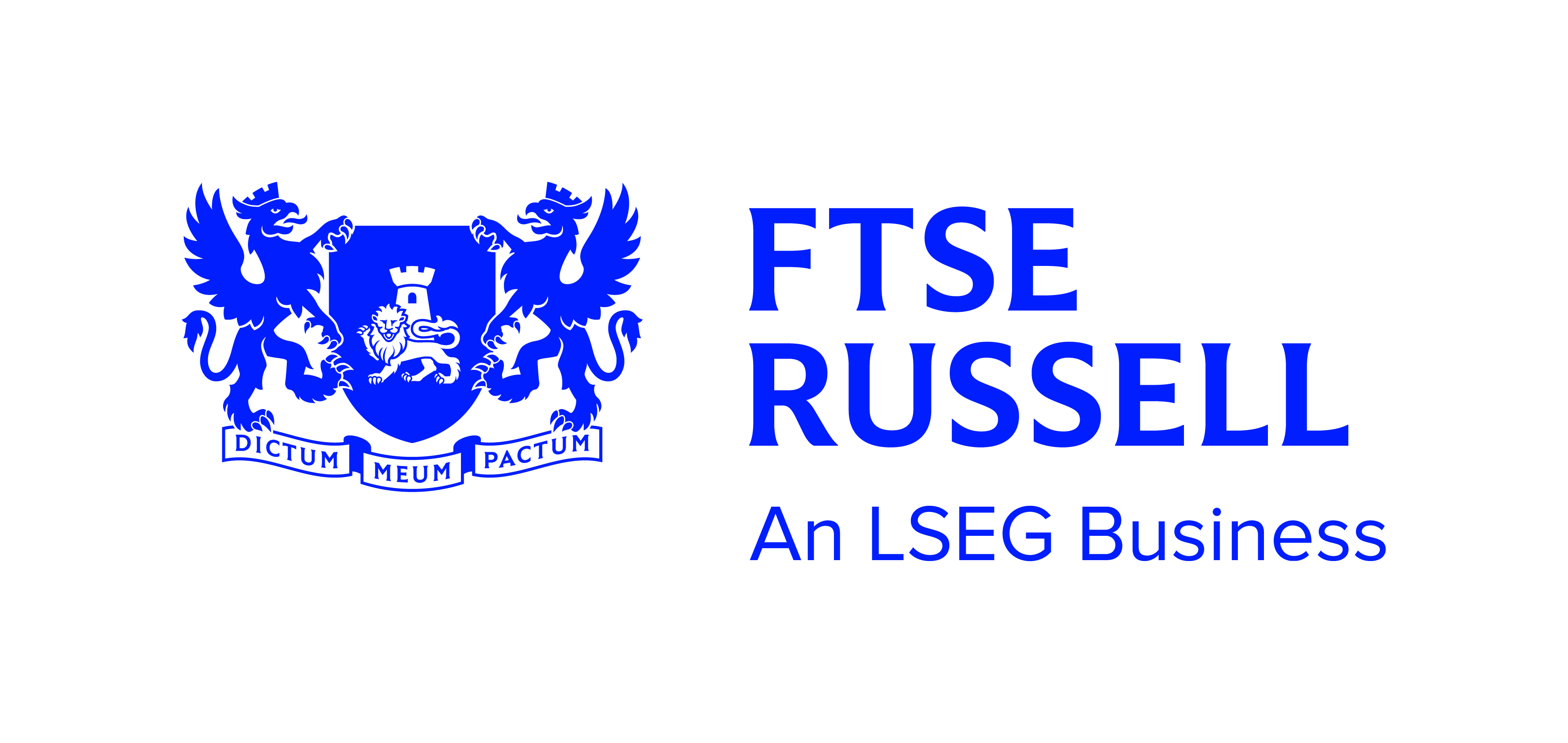FTSE Russell has launched a range of indices that offers exposure to various factors, industries, geographies and sustainable investments.
The FTSE Target Exposure indices enable investors to calibrate geography and industry exposures with factor tilts such as value, quality, low volatility size and momentum.
Furthermore, sustainable investing portfolio objectives have also been incorporated into various strategies.
The recently launched range of indices include:
Russell 1000 Comprehensive Target Exposure Factor Index
Russell 1000 Comprehensive High Target Exposure Factor Index
Russell 1000 Pure Single Target Exposure Factor Indexes
FTSE Developed Comprehensive High Target Exposure Factor Index
FTSE All-World Comprehensive High Target Exposure Factor Index
The methodology has already been employed by a UK based defined benefit pension fund, with Legal & General Investment Management serving as the asset manager. The scheme moved its entire equity allocation to a multi-factor strategy that could limit draw-downs, apply specific risk parameters and control for the risks of unintended factors.
The launch follows FTSE Russell’s release of its annual smart beta survey that found 58% of institutional investors have implemented smart beta strategies in 2019. This figure was up 10% from the previous year.
FTSE Russell is among several other index providers launching and expanding their factor offerings including Qontigo which launched its Stoxx factor indices last month.
IHS Markit and MSCI form ESG index partnership
Andrew Dougan, director, research & analytics at FTSE Russell, said: “As assets tracking single and multi-factor indexes continue to grow rapidly, so too has the appetite for benchmarks designed to precisely meet specific investment objectives through efficient factor allocation over time."
Dr Fadi Zaher, head of index research & development at LGIM, explained the launches are an innovative solution to the challenges posed by unintended factor exposure in portfolios.
“The Target Exposure indices are an innovative solution to the challenges posed by unintended factor exposure in portfolios, which we at LGIM haves studied extensively," said Zaher.
"The new indices represent the next generation of factor investing through an efficient, simple, and transparent methodology."



